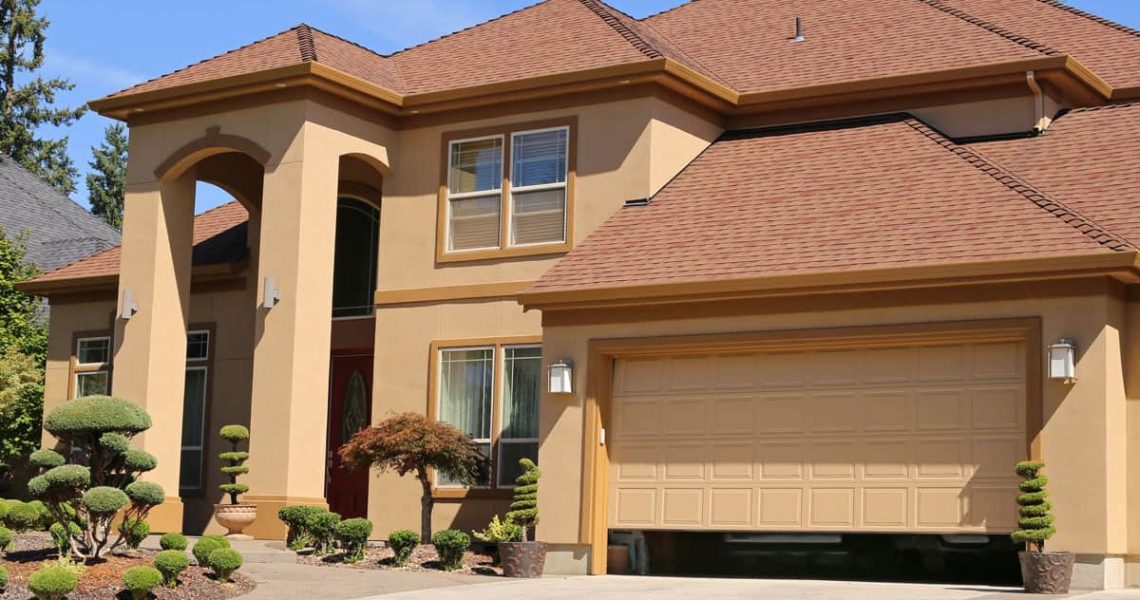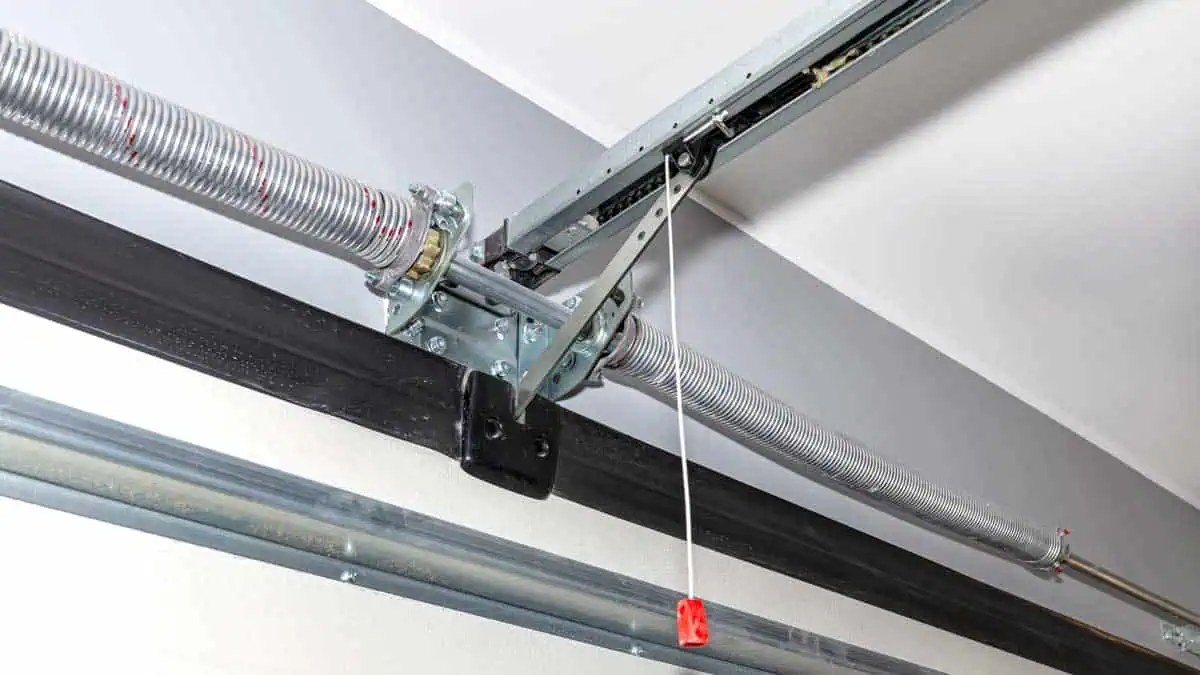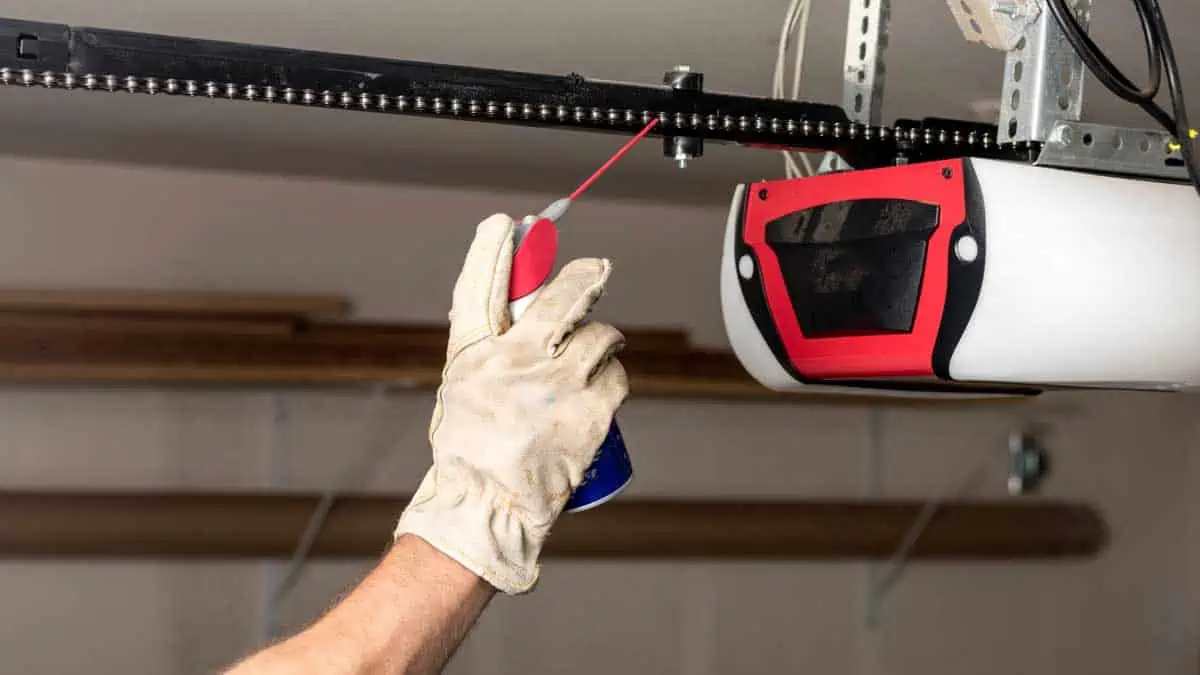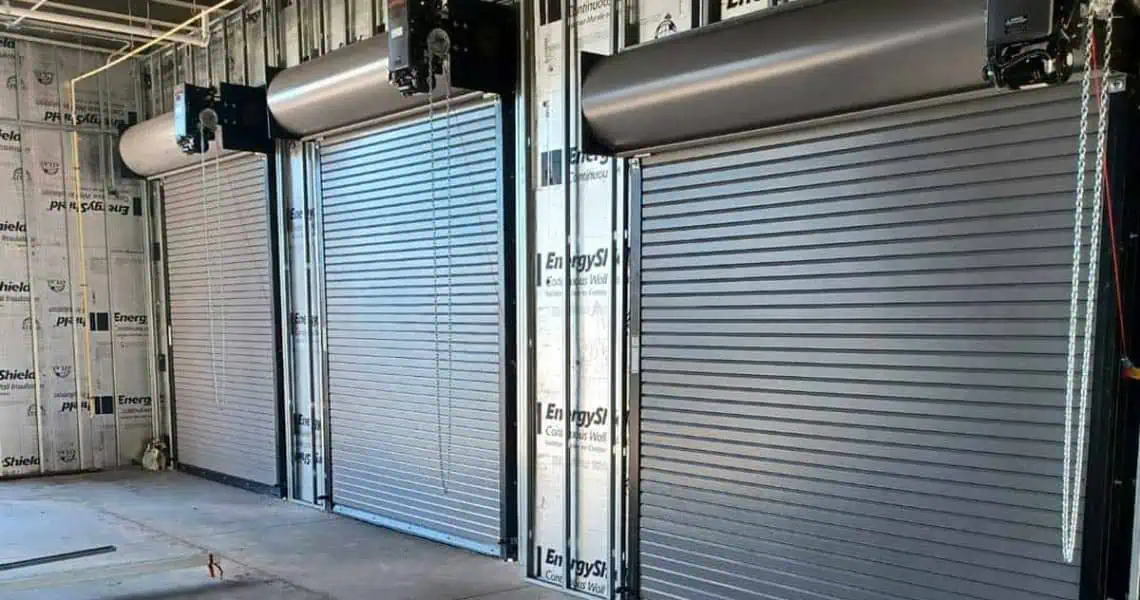Most homeowners have experienced a power outage at some point.
It is at that moment that they realize how important their automatic garage door opener is. The convenience of these openers is undeniable. Imagine the day that required stepping out into a downpour to lift open the garage door!
Report a Power Outage with TECO.
Fortunately, modern technology has limited those moments to rare instances of a power outage. Ideally, you will just wait until the power comes back on to open your garage as normal. However, if duty calls or an errand must be run, you will need to know how to manually open your garage door.
If the power is out and you need to get your car out of your garage, follow this simple guide to get the door open and get on your way.
Enter Your Garage Door in Manual Mode
Have you ever noticed a red rope with a pull handle on the end dangling from your garage door opener? This is exactly the moment that handle exists for. Not all of these bypasses look the same, but most do.
This handle performs the act of removing the garage door from the lifting motor. Beware. The door must be closed before pulling on this handle. If it is open, there is a strong chance it will violently slam to the ground.
Lift the Garage Door
Once you have disengaged the opener, you should be able to lift the door with relative ease. If your garage door springs are failing, the door will feel very heavy. This would be a nice time to consult a professional to discuss options for fixing your springs.
Secure the Rope on the Garage Door
If you are experiencing an extended outage or will need to manually open and close the door many times, secure the rope back and away from the tracks the door rides on. If the rope becomes stuck in the door as it slides up, you will have another problem to deal with.
Getting Back to Normal
In most cases, the power will quickly return, and things can get back to normal. Pull the (usually) red cord down and toward the garage door. Lift the door until you hear it fix itself into the motor attachment. That’s it! Your door should be automatic once again.
If you have trouble lifting the door back into its proper place, you can simply use the door opener to force the door up and into the appropriate alignment.
Garage Door Release Cord Safety
When you enter the manual mode on a garage door, hidden problems may suddenly show themselves. The automatic system may be supporting a door that is otherwise compromised with broken springs, weak cables, or track problems.
Keep this in mind as you release the garage door from automatic mode. Always assume the worst when you are forced to put your garage door into manual mode. Here are a few other things to remember before you pull the red cord.
The door should be closed before pulling the release. Obviously, if the power goes out when the door is open, you have no control over this (see the next reminder). Having the door closed before entering manual operation will prevent a sudden drop of the door.
If the door is open and the power goes out, prop it up with boards prior to pulling the release. This will allow you to enter the manual mode under control. You can then work to slowly lower the door.
Additionally, if you are faced with an open-door scenario, make sure people and things are out of the way of the door before releasing it.
The release may require some extra effort. However, do not use your bodyweight or hang from the cord. This would likely damage the entire mechanism or break the release cord.
If you notice anything wrong during your manual operation, contact a professional garage door company for help. There are very few mechanisms involved in garage door repair that are DIY-friendly.
What If I Am Outside When the Power Goes Out?
It would be unfortunate luck to be both locked out of your home and on the wrong side of a garage door with no power. Yet, it would not be the first time. In cases like this, you should call a locksmith to let you in your home.
Do not attempt to force your way into the garage by prying and getting to the emergency release that way. This will lead to an increased likelihood of your door needing to be replaced.





